Running Shoe
Myths
Discover the truth behind running shoes and make an informed decision for your feet.
Myth
There is a single best running shoe for everyone.
Truth
Every runner and every run is unique, there is no one-size-fits-all best running shoe.
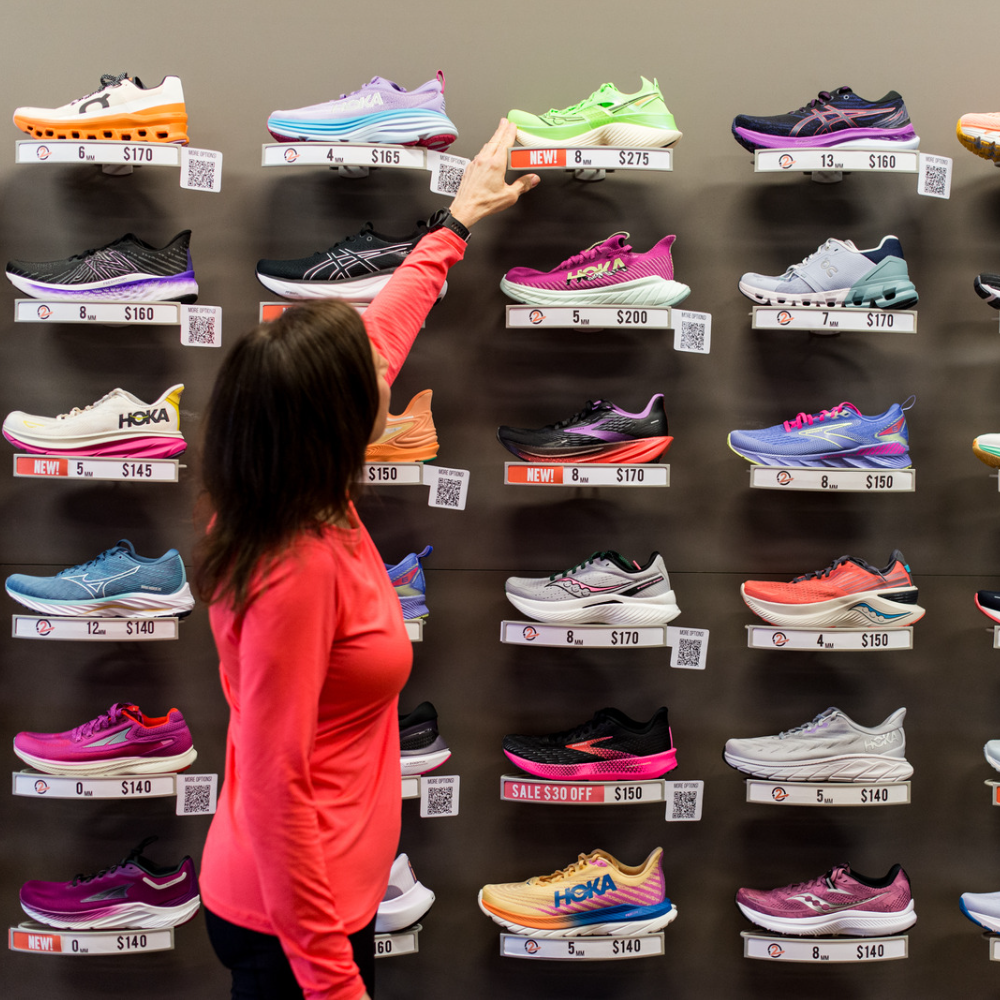
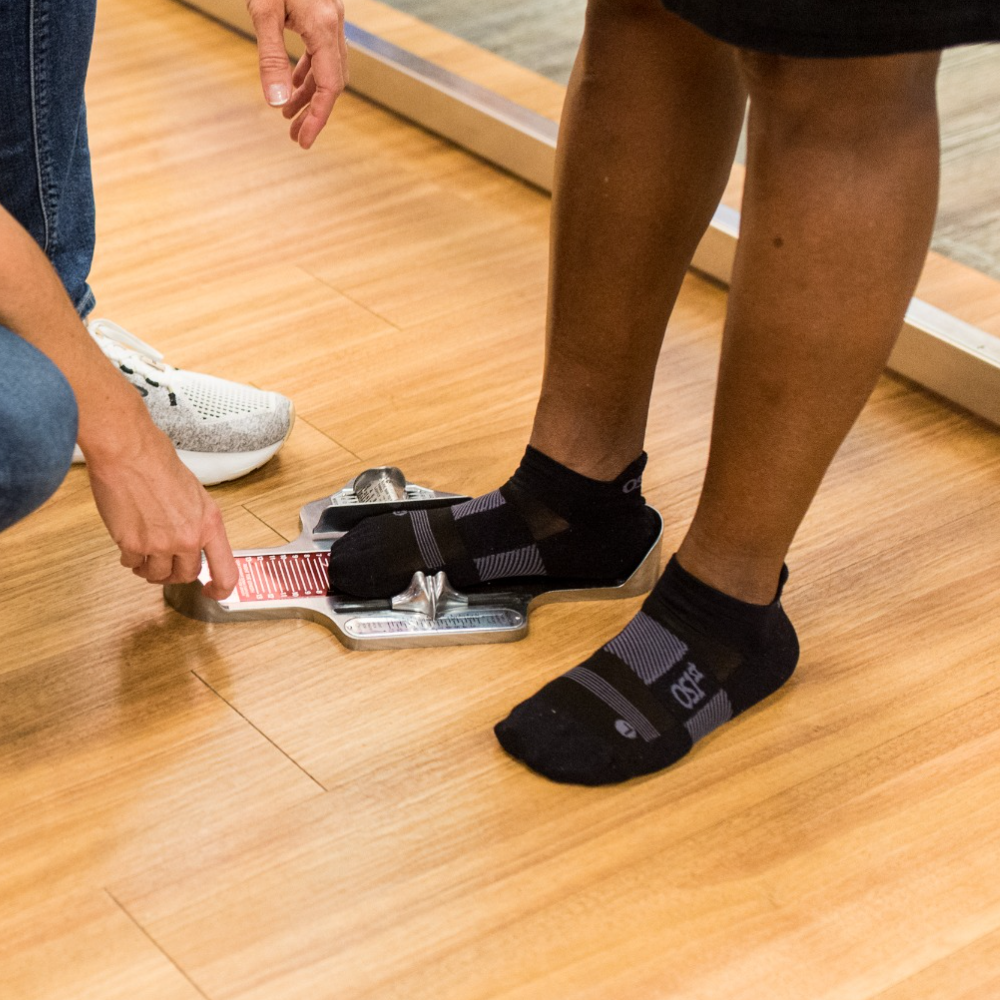
Myth
Adult shoe size doesn't change.
Truth
Changes in weight, pregnancy, injuries, and medical conditions can potentially lead to changes in adult shoe size.
Myth
Supportive shoes mean better arch support.
Truth
Having supportive shoes does not necessarily mean that they provide better arch support, as different types of support target different parts of the foot.

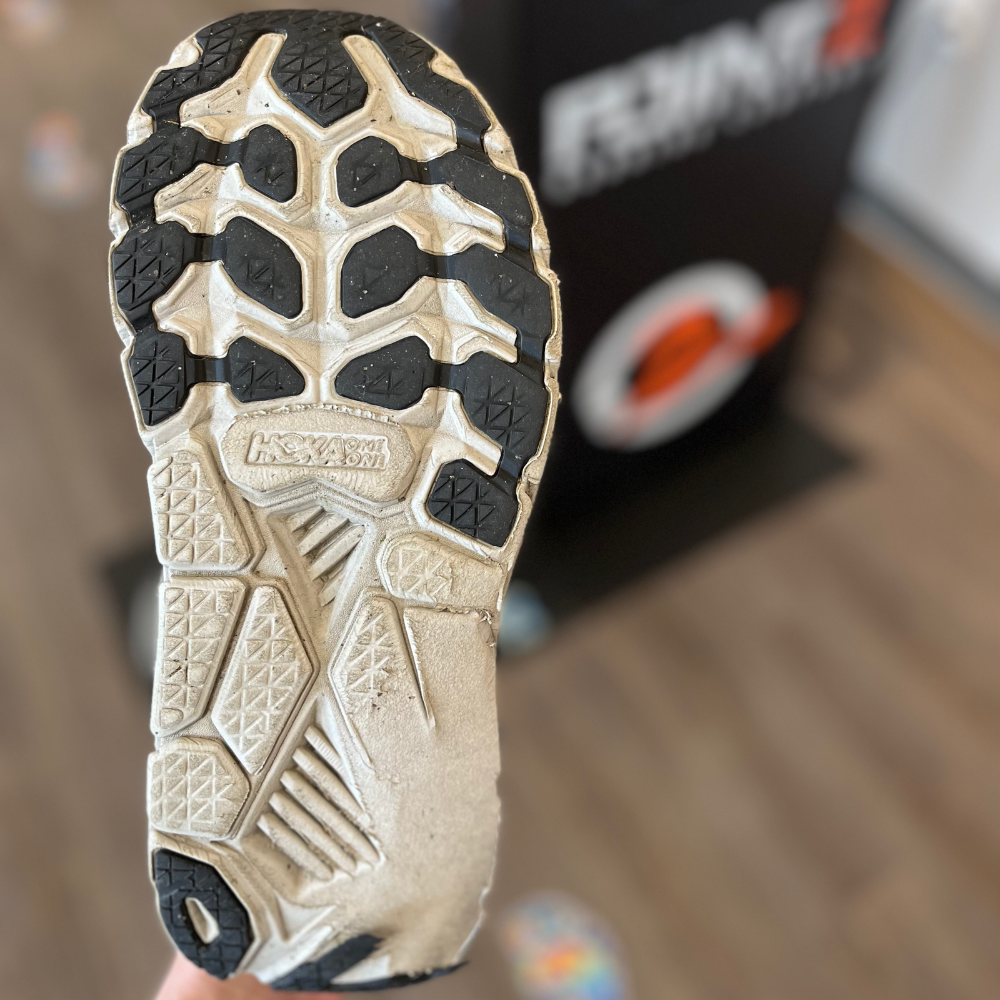
Myth
Replace your shoes when the tread wears out.
Truth
Replace your shoes before the tread wears out, as the cushioning inside the shoe can break down over time and lose its ability to absorb shock, leading to discomfort and potential injury.
Myth
Max cushion shoes are heavy.
Truth
Max cushioning does not necessarily have to be heavy, as advancements in shoe technology have allowed for the creation of lightweight materials that provide ample cushioning and support.
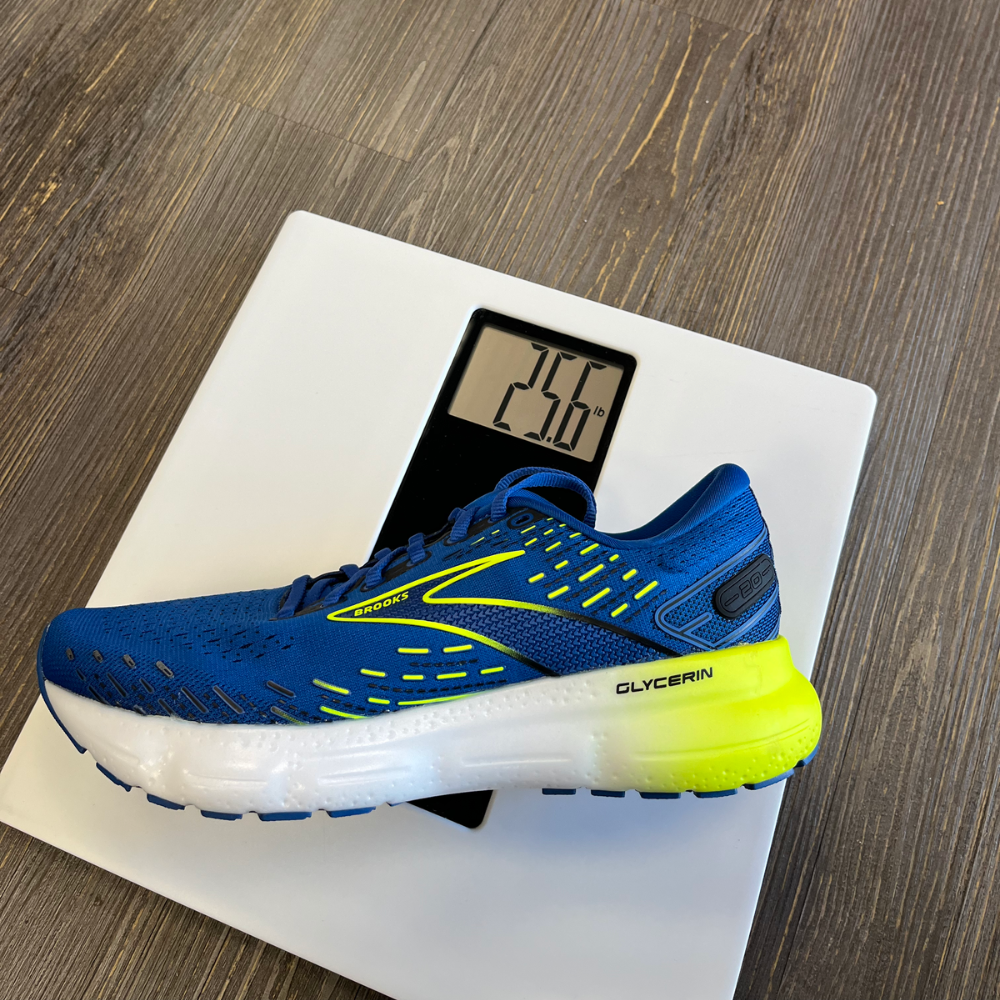
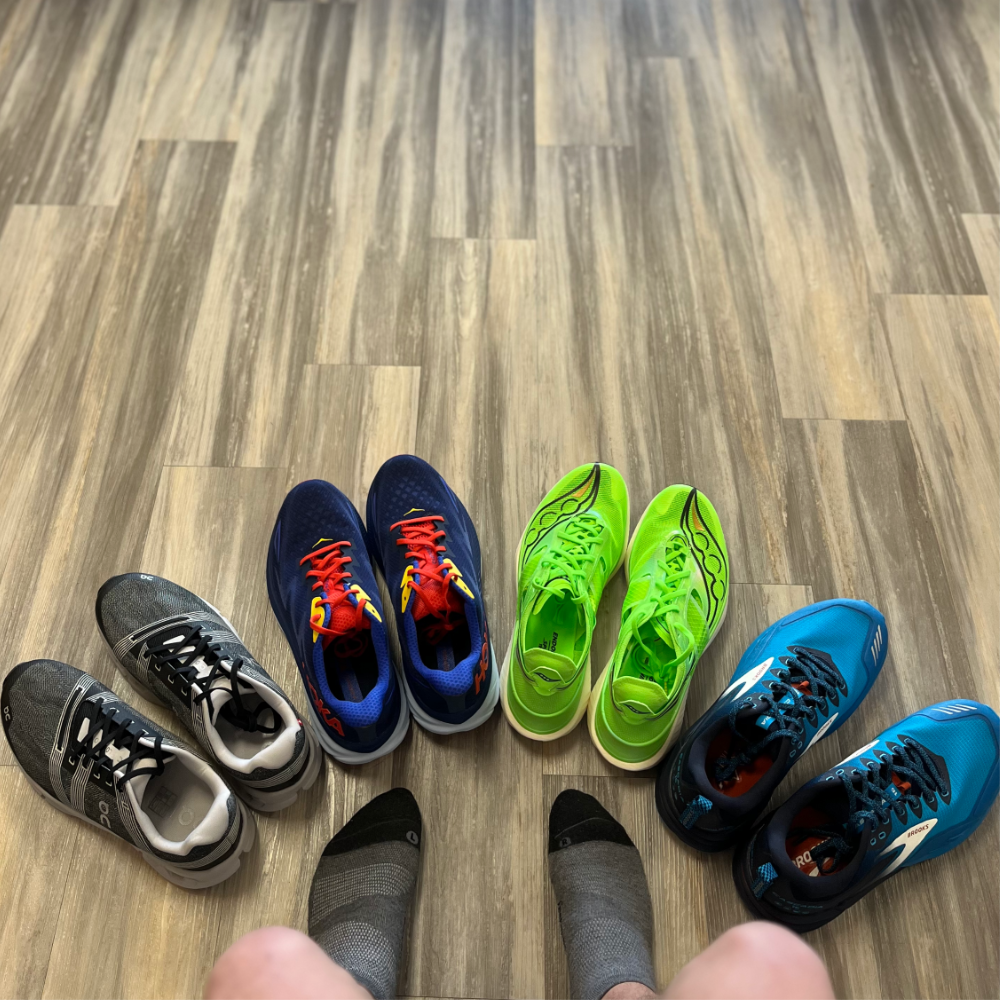
Myth
You only need one pair of shoes while training.
Truth
It is beneficial to have multiple pairs of running shoes, as rotating between them can help prevent overuse injuries, increase the lifespan of your shoes, and provide a better overall running experience.
Myth
There's an ideal heel-to-toe drop.
Truth
There is not an ideal heel-to-toe drop in running shoes, as different drop heights can benefit different running styles, foot shapes, and comfort preferences.

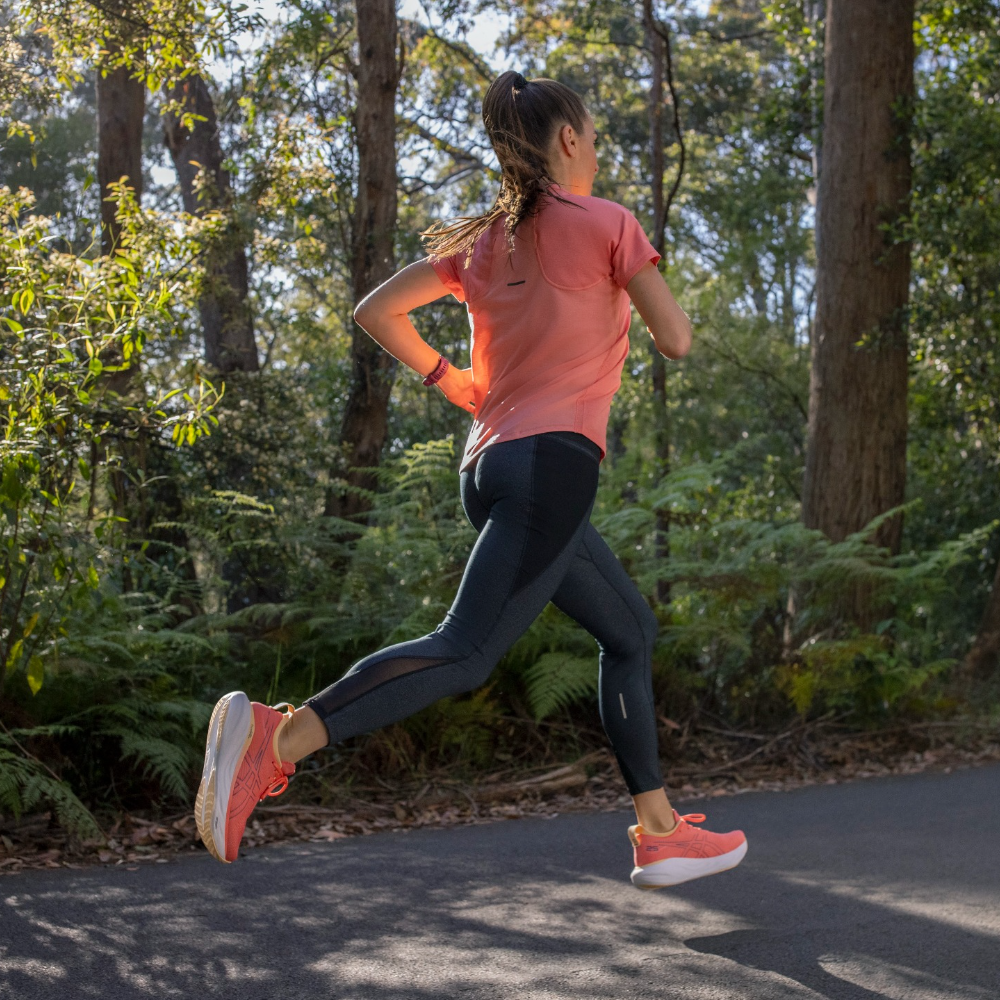
Myth
You need to break-in running shoes.
Truth
Modern running shoes are typically designed with materials that do not require a break-in period. It's still important to allow your feet and muscles to adjust to the shoes.